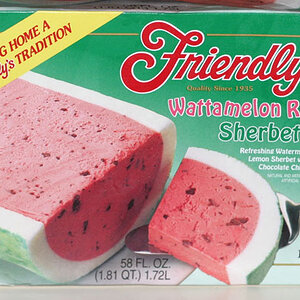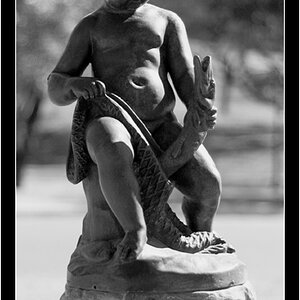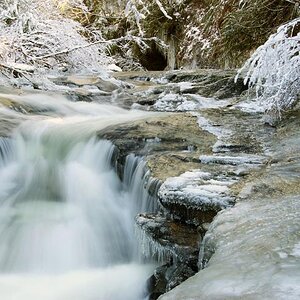Microbois
No longer a newbie, moving up!
- Joined
- Jun 10, 2014
- Messages
- 212
- Reaction score
- 37
- Location
- Greenfield Park, Qc
- Can others edit my Photos
- Photos NOT OK to edit
The notion of mirrorless vs. a DSLR (which contains a reflex mirror) is a religious debate. I prefer cameras with physically large sensors
I'm sorry, but this is not true. At this very moment, DSLR and mirrorless cameras have their strenght and weaknesses, but depending on the type of photography you are interested in, one type may be better suited to your needs. I have no dog in this fight, as I owe a DSLR and I would like to add one mirrorless camera to my collection eventually, but it's safe to say that the future belongs to mirrorless cameras. While many mirrorless cameras features a small sensor, many of them also use an APS-C size sensor, and some are even full frame, so it's a moot point to compare them to DSLR. You just have to be careful and select the right model.
It turns out, the true DSLR cameras (cameras with a mirror) tend to win in this department.
Once again, not true.





![[No title]](/data/xfmg/thumbnail/30/30864-50861ef77d7fa163bd5f5b5b8d661f5a.jpg?1619734483)
![[No title]](/data/xfmg/thumbnail/34/34124-fcd12598382b4477643ef3dde2d6751d.jpg?1619736294)




![[No title]](/data/xfmg/thumbnail/37/37525-e6d8ac7dbf90f97648e351449fc9330f.jpg?1619738130)

